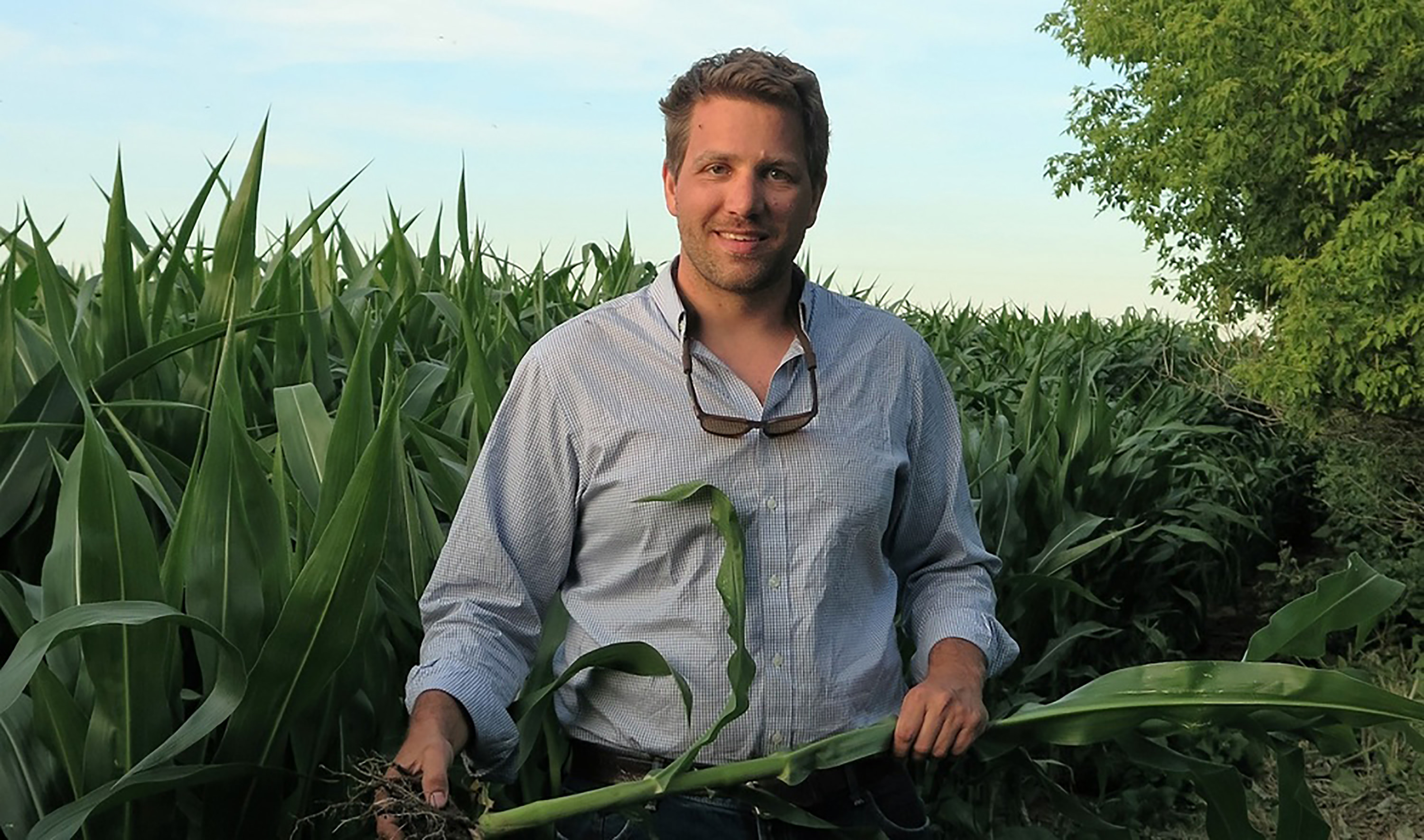Feeding the World and Protecting Nature
It’s time to retire the idea that conservation and agriculture are automatically at odds.
Protecting our planet doesn’t have to come at the expense of our food supply, nor the people who make it possible. In Minnesota, we’re working to build sustainable food systems that will nourish people and protect the environment.

Our state has a legacy of leadership in agriculture and we're home to some of the largest and most successful food and agriculture companies in the world. Our farmers, agri-businesses, universities and government agencies have set the standard for innovation in agriculture.
In Minnesota alone, our farmers support a $17 billion agriculture industry—ranking fifth for food production in the nation.
We're proud of Minnesota’s thriving agriculture economy and our place as industry leaders. Unfortunately, runoff to our lakes and rivers has increased markedly in recent years due to population growth, changing land use and increasingly extreme weather. But these challenges also present opportunities to shift our thinking and work with nature.
The science tells us that adoption of soil health practices—like cover cropping and reduced tillage—can increase farm profitability, tackle climate change and improve water quality.
Quote: KRISTIN WEEKS DUNCANSON
Farmers across the U.S. are key players when it comes to securing a world where people and nature thrive.

Enrich Lands, Protect the Environment
Many of the practices that have become commonplace have led to degraded soil health, putting our waters at risk and compromising the long-term productivity and resiliency of our farmlands.
We need new food systems that can sustain us into the future. Systems that tackle climate change by storing more carbon in the ground, improve water quality and reduce flooding, and provide habitat for fish and wildlife—all while increasing crop production.
By taking advantage of soil health, nutrient stewardship and edge-of-field practices, Minnesota's ag community can have a transformational impact on water, the climate and the ag economy. At the farm level, these practices boost productivity and profitability. At a societal level, the benefits of healthier soils include better water quality, filtration and storage, as well as carbon sequestration.
How We Work on Sustainable Agriculture
- Sustainable Practices: We're demonstrating and communicating the economic value and environmental performance of soil health, nutrient management and edge-of-field practices like wetland restorations. Examples include the Root River Field to Stream Partnership and All Acres for Our Water in Stearns County.
- Farmer Advisors: We're working hand-in-hand with trusted farmer advisors and agriculture retailers to make resources and opportunities available for farmers looking to make their operations more economically and environmentally sound.
- Supply Chain: We're leveraging market forces and increased interest in corporate social responsibility to drive change on agricultural lands and increase the sustainability of crop production. For example, we’ve launched the Ecosystem Services Market Consortium in Minnesota, a pilot program which will enable farmers to be compensated $20 per acre for implementing soil health practices.
- Non-Operator Landowners (NOLs): We're working to increase the implementation of best practices on rented land through engagement with non-operating landowners and farmland managers.
- Public Policy: We are seeking to influence farm policy and public spending through powerful communication, leveraging scientific information and examples of effective implementation. Learn more about how we work with policy and help us make sure sustainable agriculture is part of policy.

The Future Is in Our Farms
Shifting towards a regenerative model doesn’t just ensure our ability to keep up with increasing demand for food. Improving agricultural practices across the U.S. has the potential to reduce 389 million tons of carbon dioxide per year—the equivalent of taking almost 85 million vehicles off the road. Not only that, adoption of soil health practices on just half of our cropland could reduce nitrogen and phosphorus loading in the Mississippi River system by as much as 20%.
As we continue to work toward a world where both people and nature thrive, it must be in the understanding that farmers and ranchers are key pieces of that puzzle.
Our Experts
Contact Us
Get in touch with local TNC ag experts working on behalf of our lands and waters in Minnesota, North Dakota and South Dakota.
Andrea Eger, Agriculture Project Manager
Leif Fixen, Agriculture Strategy Manager
Peter Mead, Agriculture Project Manager



















